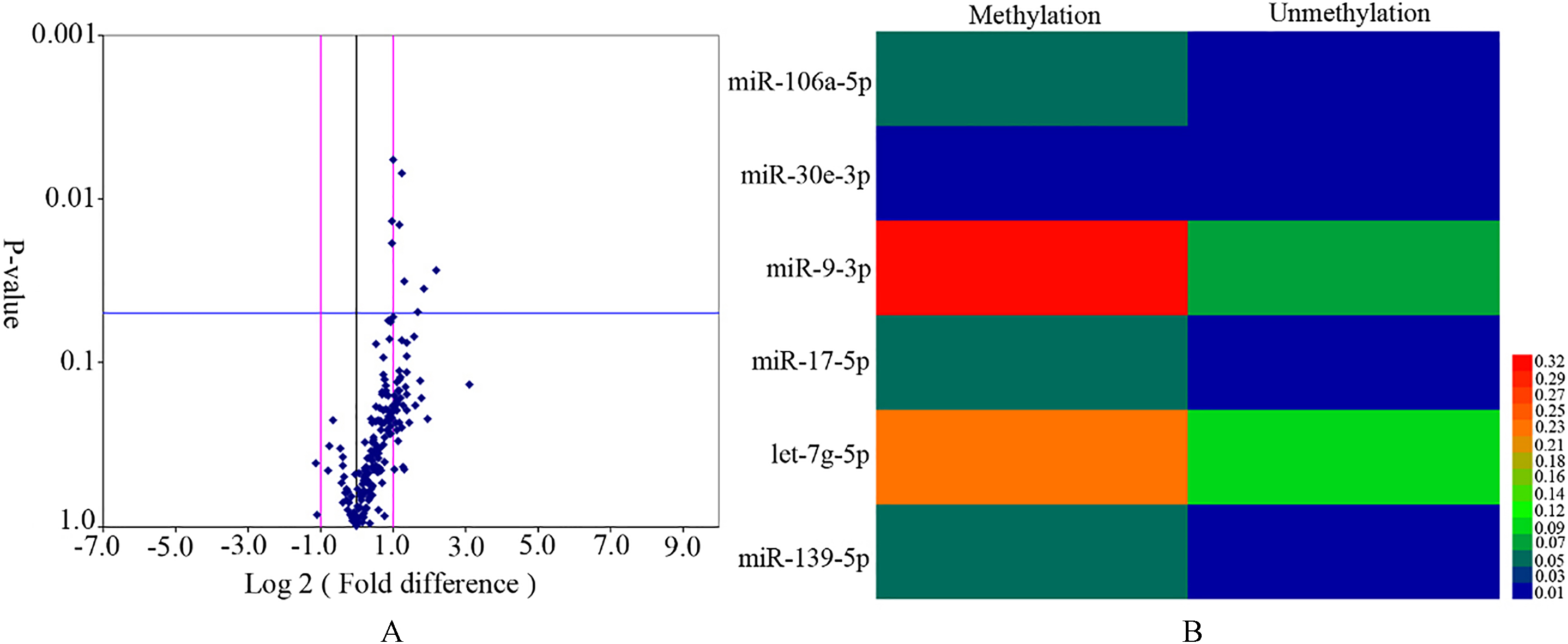
The command should look something like: your_file_name 0.05) in the column - remember capitals are important!). Blank cells in the file should be filled with "NA". This should open a version of the file in the top left and run some commands in the bottom left. Click on it and it'll give you some options, use the one appropriate to your file format, browse to your file, it should preview your file, then click import (bottom right). On the top right window there should be a button saying "import dataset". If you have an excel file and want to get it into Rstudio. The top left is if you want to program (which you do, so that you use the same commands to do all your analysis, and you don't have to remember exactly what you typed each time), the bottom left is the "execution" area, where the commands are run. The two on the right are for data and outputs, while the two on the left are for input commands. Once you have installed and opened, you should see 4 windows - two on the left and two on the right. If you want to go this route, get R from your local mirror, and get the desktop version of Rstudio, it will make your life easier. It helps to know that there are tons of people doing this, so you can just google the problem you have and see if it works for you. This article is protected by copyright.R isn't that hard - it just looks it at first. We also discuss recent applications of suspension trapping digestion to different sample types and the features of the suspension trapping digestion method compared with other sample preparation methods. This review discusses the benefits of the suspension trapping digestion method in relation to its development and application in bottom‐up proteomics studies. Suspension trapping is a simple, rapid, and reproducible digestion method that can effectively handle proteins in low microgram or sub‐microgram amounts. One of the most recent methods developed and applied in proteomics studies in recent years is suspension trapping, which combines rapid detergent removal, reactor‐type protein digestion, and peptide clean‐up in a tip or spin column.

Several sample preparation methods have been developed and used in the last two decades, including in‐gel, in‐solution, on‐bead, filter‐aided sample preparation, and suspension trapping, to improve reproducibility, efficiency, scalability, and reduce handling time of this process. While the latter two parts have made considerable advances in the last decade, sample preparation has remained an important challenge within the workflow due to the multi‐step nature of complex biological samples, and still requires much development. The standard bottom‐up proteomic workflow is comprised of sample preparation, data acquisition, and data analysis.


 0 kommentar(er)
0 kommentar(er)
